The Age of American Ambivalence: Europe’s Strategic Wake-Up Call
This article was written by Sophie Seitler, Policy Fellow 2024-2025, and originally appeared in Modern Diplomacy. The views in this article are the authors own.
When the UK–US steel agreement was announced in May, President Trump swiftly labelled it as “full and comprehensive.” This characterization, more rhetorical than substantive, laid bare the growing fragility of transatlantic ties. Beneath the diplomatic sheen, the deal left Trump’s core 10% tariff intact, revealing a deeper truth: even America’s closest allies are no longer exempt from its weaponized trade strategy. Amidst the shifting fault lines, Europe remains perilously still as the strategic ground moves. Strip away the jargon, and the message is clear: the liberal order once anchored by an enduring alliance is fragmenting. European defense has regressed to being collateral rather than a partner.
The once-idealized transatlantic alliance is faltering under Trump’s tariff-first agenda. Cloaked in niceties, the agreement’s narrow scope raises difficult questions about the state of the so-called ‘special relationship’—especially when viewed against the backdrop of Washington’s increasingly adversarial posture toward Europe. This deal isn’t a breakthrough—it’s a warning.
A shift is now unmistakable. The infamous meeting between Trump and Zelensky is perhaps the best reminder that the era of transatlantic security reliance is over. Commentators have often told us to take Trump seriously, not literally. Unfortunately, this old adage no longer holds; he is not simply flirting with transactionalism, he is governing by it.
At the core of Trump’s worldview lies a reductive realpolitik. In this calculus, states like Estonia and Ukraine are bargaining chips rather than partners. The logic of tariffs doesn’t end at the factory gate—it bleeds into the frontlines of geopolitics. We saw this play out with Kyiv. When pressure was applied, it was not to Russia, but to Ukraine. Military aid was dangled, delayed, and politicised, transforming a besieged democracy into collateral in a power game.
As Jonatan Vseviov, former Estonian ambassador to the U.S., warns, “We’ve become too comfortable with deterrence. And too dependent on the assumption that America’s interests are automatically aligned with ours.” For Estonia, long a model NATO member and Atlanticist ally, the implications are chilling. America’s most pro-Western allies now understand: the very steps required to keep America engaged, spending more on defense and investing in resilience, are the same ones needed to survive if it walks away.
The stakes could not be higher. If America now sees Europe as a rival rather than a co-defender, then what remains of NATO’s purpose? Trump isn’t just tugging at the threads of the liberal order—he’s daring Europe to acknowledge that the fabric has already frayed. Understood through this lens, it’s clear that Trump’s agenda has already deepened divides and accelerated America’s strategic withdrawal.
Europe must respond with urgency. That means investing in hard power, not wavering values. Europe has become too comfortable with the illusion of deterrence, as symbolism has replaced strategy. The lofty ideals of strategic autonomy once dreamt up by Gaullist visionaries no longer represent aspiration. They are now the bare minimum for European defense in a two-front war where both economic liberalism and democracy are under siege.
Measures such as the freezing of Russian assets, Dutch-led air policing, and renewed military commitments from France and the UK offer momentum. However, they will remain symbolic unless backed by sustained defense investment and rapid deployment capacity. If Europe promises deterrence it can’t deliver, then the already widening gaps between allies and adversaries will be even more susceptible to political vulnerability.
A NATO-equivalent guarantee for Ukraine is the logical extension of Europe’s security interests in a world where American commitment is no longer assured. It is a strategic imperative. Moreover, strategic decoupling from the U.S. is not a betrayal because if Europe wants to protect its democratic values and geopolitical relevance, it must choose autonomy over dependence. Self-delusion is no longer a viable strategy.
From Smoot–Hawley to Trump, history offers sobering lessons Europe failed to learn. In the 1930s, economic nationalism and democratic fragility went hand in hand. The collapse of global trade after the U.S. passed the Smoot–Hawley Tariff Act in 1930 triggered retaliatory protectionism across Europe, deepening the Great Depression and fueling the political extremism that hollowed out democracies from within. Germany’s Weimar Republic, already brittle, crumbled under the weight of economic despair and nationalist rhetoric, paving the way for fascism. The delay was a democratic failure.
Today, as trade wars flare, economic interdependence is weaponized, and democratic values are jettisoned, the West faces a similar inflection point. With Russian revanchism alive and American commitment uncertain, Europe must recognize that inertia is an accelerant rather than a buffer. The past offers two brutal but essential lessons: catastrophe is avoidable, but only through clarity and agency. After World War II, it seemed unimaginable that the world could again sleepwalk into crisis. Yet within a generation, it did. Today, we face a similarly combustible mix—nuclear multipolarity colliding with trade wars and strategic disillusionment. Europe must ensure that it is once again up to the task.
